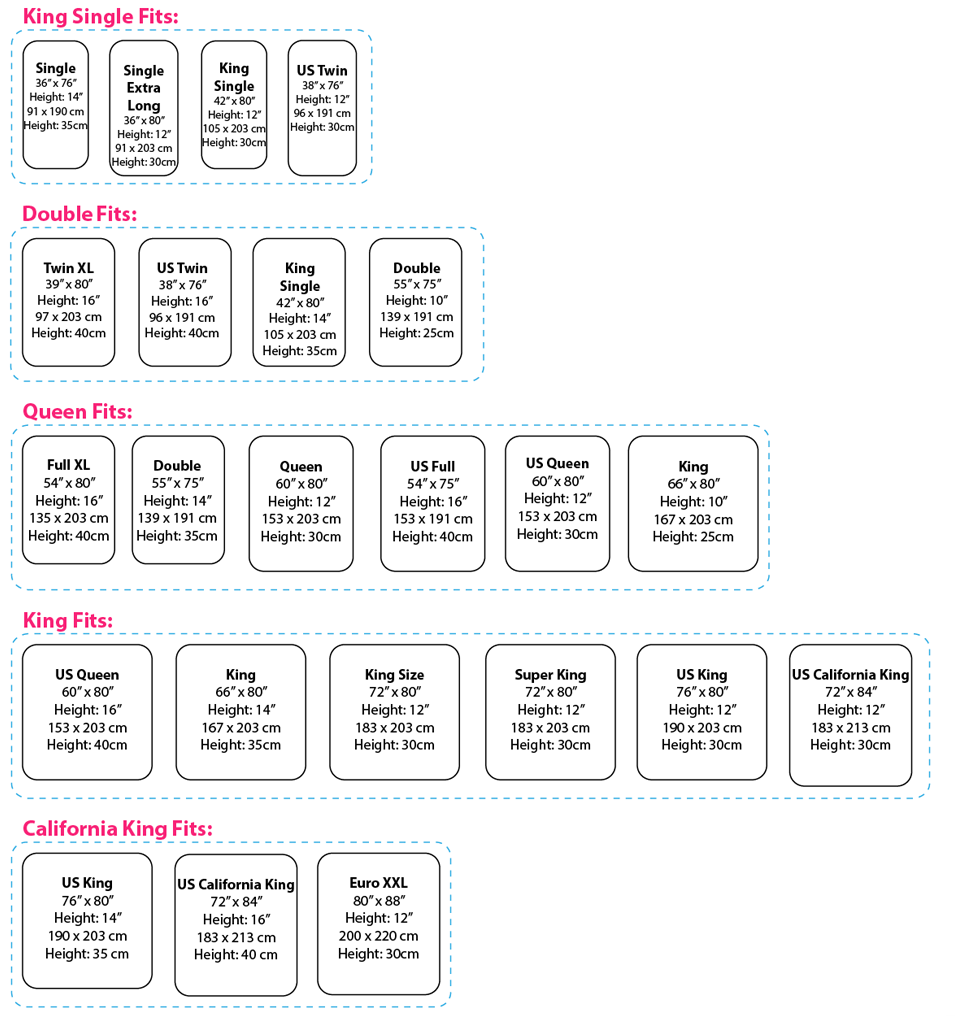Choosing the right bed size is essential for maximizing comfort and ensuring your bedroom remains practical and spacious. This step-by-step guide will walk you through the process of measuring your bedroom to select the optimal bed size. We'll also provide tips on maintaining enough space for furniture and ensuring comfortable movement around the room.
Step 1: Measure Your Bedroom Dimensions
1.1 Gather Your Tools
- Tape Measure: A retractable tape measure is ideal.
- Notepad and Pen: To jot down measurements.
- Graph Paper (optional): For creating a scaled drawing of your room.
1.2 Measure the Length and Width
- Length: Measure the longest wall in your bedroom.
- Width: Measure the shortest wall.
1.3 Measure Doorways and Windows
- Doorways: Measure the width of doorways to ensure the bed can be moved into the room.
- Windows: Measure the distance from the floor to the bottom of windows and from the windows to the corners of the room.
1.4 Note Any Architectural Features
- Closets, Radiators, and Built-ins: Measure and note any additional fixtures that occupy space.
Step 2: Determine Optimal Bed Placement
2.1 Consider Room Layout
- Focal Points: Decide where you want the bed to be the focal point of the room.
- Natural Light: Position the bed to take advantage of natural light without blocking windows.
2.2 Allow Space for Movement
- Walkways: Ensure there is at least 2-3 feet of walking space around the bed.
- Furniture Placement: Plan for other furniture like nightstands, dressers, and wardrobes.
Step 3: Choose the Right Bed Size
3.1 Standard Bed Sizes
- Twin Bed: 38" x 75" (96.5 cm x 190.5 cm)
- Twin XL Bed: 38" x 80" (96.5 cm x 203 cm)
- Full Bed: 54" x 75" (137 cm x 190.5 cm)
- Queen Bed: 60" x 80" (152.5 cm x 203 cm)
- King Bed: 76" x 80" (193 cm x 203 cm)
- California King Bed: 72" x 84" (183 cm x 213 cm)
3.2 Matching Bed Size to Room Dimensions
- Small Bedrooms: Twin, Twin XL, or Full beds are ideal.
- Medium Bedrooms: Queen beds provide a balance of space and comfort.
- Large Bedrooms: King or California King beds offer maximum comfort and luxury.
Step 4: Maintain Enough Space for Furniture
4.1 Essential Furniture Pieces
- Nightstands: Allow at least 24 inches on either side of the bed.
- Dressers and Wardrobes: Ensure there is enough clearance to open drawers and doors.
4.2 Multi-functional Furniture
- Under-bed Storage: Utilize storage boxes or drawers to save space.
- Wall-mounted Shelves: Free up floor space by using vertical storage solutions.
Step 5: Ensure Comfortable Movement
5.1 Clear Pathways
- Entry and Exit: Ensure there is a clear path from the doorway to the bed.
- Around the Bed: Maintain at least 2-3 feet of space around the bed for easy movement.
5.2 Avoid Overcrowding
- Minimalist Approach: Keep the room uncluttered to create a sense of spaciousness.
- Furniture Arrangement: Arrange furniture to facilitate easy movement and accessibility.
Conclusion
By carefully measuring your bedroom and considering the placement of furniture, you can select the optimal bed size that balances comfort and practicality. Whether you have a small, medium, or large bedroom, following these steps will help you make an informed decision and create a functional, comfortable space.
For more tips on bedroom planning and to explore our range of beds and mattresses, visit www.helmii.com
Happy decorating!




